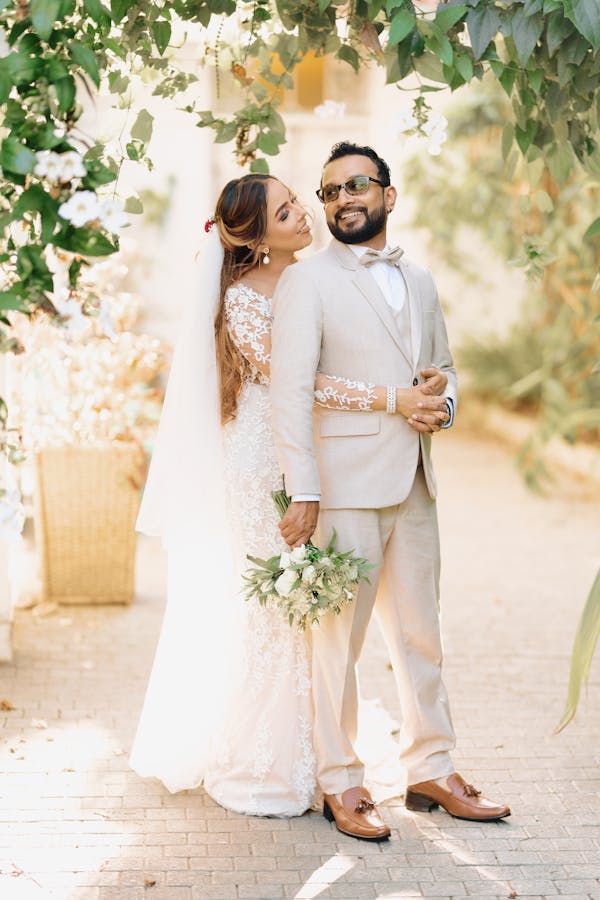Photography 101 – Composition, Framing, and Storytelling
Photography is the practice of capturing light through a lens and creating an image. It’s a creative art that allows you to express your unique perspective and share it with others.
Get close to your subjects (but not closer than the camera’s closest focusing distance). Light from above can emphasize wrinkles, while soft light from below can subdue them. Check out hampshire wedding photographer for more information.
The Art of Capturing Moments
Whether it’s an iconic shot of a celebrity or a serene landscape, photographs allow us to freeze time and capture a fleeting moment that will never be repeated. But it’s not just the ability to snap a picture—it’s the photographer’s ability to interpret and frame reality that makes photography an art form.
Photography inspires people to explore their emotions and see the world in new ways, whether through the intricate details of a flower or the candid expression of a street performer. From documenting wars and natural disasters to revealing social injustice, the visual narrative of photography has the power to shape public opinion and evoke emotions.

But capturing life’s moments takes more than just clicking a button—it requires a keen eye and an understanding of how to use light. This is what sets skilled photographers apart from the rest. And it’s why learning photography can be so transformative. It encourages people to see their lives in a different light and celebrate the beauty of everyday moments.
The Art of Composition
Composition is a photographer’s skeleton: it keeps everything together, supports the weights of various visual elements, and makes the image look dynamic. It dictates where things should stay, where they should go, and how far apart elements should be from one another. It is also responsible for the narrative of a photograph, and guides the viewer through the subject’s story.
There are no unbreakable rules when it comes to photographic composition, but there are some tried and tested guidelines that can help you improve your photos. For example, the Rule of Thirds, which suggests dividing the frame into three horizontally and vertically to create balance and symmetry in your images.
Other compositional techniques include line, shape, color, texture and form. Line, for example, can be used to create a sense of flow in the eye through leading lines, both literal and implied. Shape can be used to highlight objects in a two-dimensional way, while form is all about adding depth to an image.
The Art of Lighting
The word photography comes from the Greek words phos (light) and graphis (“stylus, paintbrush or pencil”), meaning “writing with light.” While most beginners often pick up a camera without giving much thought to how they will photograph their subjects, grasping basic photography lighting principles will help them become more confident in their abilities.
The way in which a piece of fine art is illuminated plays an important role in bringing out intricate details and vibrant colors. For instance, exposing your photo print to direct sunlight can cause the image to fade over time. However, proper illumination can protect your fine art from UV damage while allowing you to view it as the artist intended.
In addition to examining the amount of natural or artificial light you have in your photograph, it’s also important to think about the direction of the light source. This has a major impact on the final appearance of your photograph, including color, tone and mood.
The Art of Storytelling
Storytelling is a powerful technique that allows you to evoke emotions and convey narratives through your photography. It is a nuanced skill that requires a strong connection to your subject and careful attention to detail. It involves using composition techniques, framing and lighting to narrate a visual narrative that resonates with viewers.
In addition to the techniques discussed above, it is important to have a clear sense of intention when creating your photographic narratives. This will help to guide your decisions about the details you choose to include in your images, as well as the overall mood you want to evoke.
It is also helpful to consider whether you are telling an open or closed story. Open stories leave a lot of room for interpretation, so each viewer will see a different aspect of the story. Closed stories, on the other hand, are more structured and less open to interpretation. This makes them easier to follow for a viewer.
